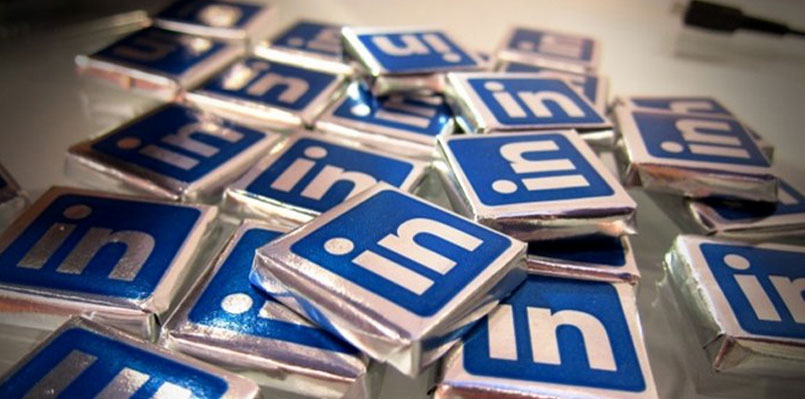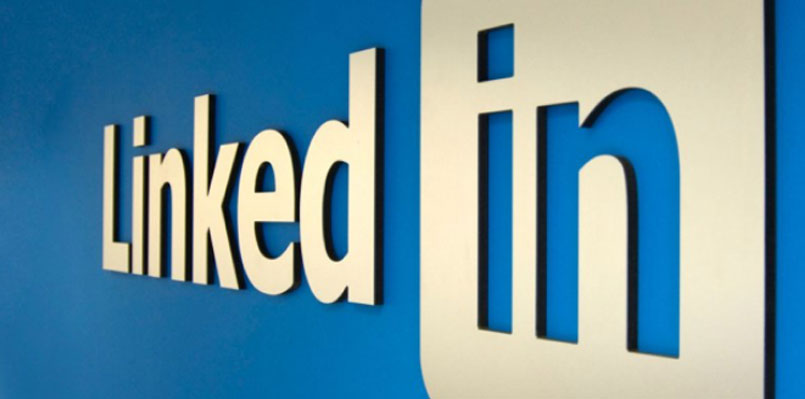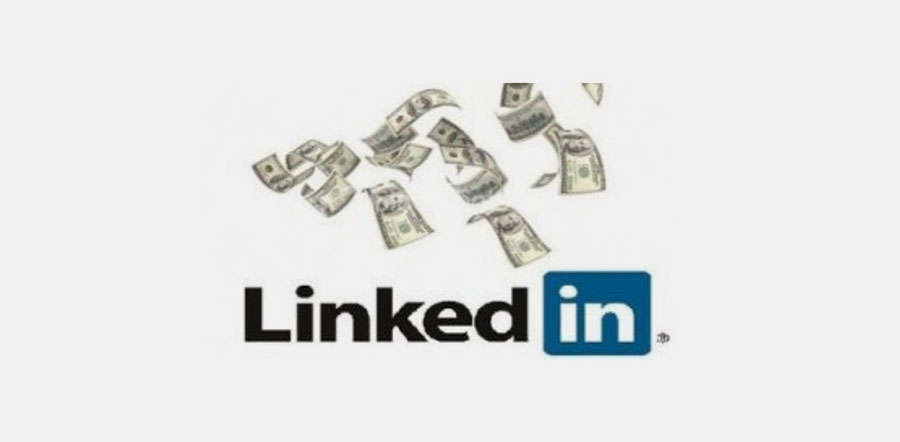Recently, I was inspired to rethink my selling strategies as they relate to the art of seduction. Have you ever thought about how these two might be connected? Dr. Hana-Meksem breaks down how leadership and seduction are intrinsically related in her blog post, The Most Concealed and Powerful Lesson of Leadership: Seduction, by explaining, often times both the leaders and their followers are being seduce in some way. But what about sellers and buyers?
Leadership and Seduction definitely have some commonalities, they both derive from the same Latin origin, se ducere, and ducere literally means leadership. Seduction is powerful, but so is leadership. Think about a time when you had a leader who didn’t really lead well (no seduction), what were the effects of this? It most likely caused you to feel less motivated and lead to less than stellar results.
How about in selling, it seems obvious that in a lot of selling, the seller is attempting to seduce the buyer. Do you feel that you seduce your customers or clients? You most likely believe that you lead them, but if you sat back and took a truly analytical look at it, would you say your leadership and selling involve seduction? I am betting they do, but just how much can make all the difference.
Take a car salesman for example. He tells the buyer all the wonderful things about the car, helping him to visualize himself driving this new, fancy car. In a way the salesman is seducing the buyer.
So is seduction a part of your selling process? How do you use it? Are you sure you are using it to the fullest extent possible to get the absolute maximum results you can?
I have 2 Highly Guarded LinkedIn Secrets, which I am, albeit somewhat reluctantly, going to share with you today. These have brought me thousands of new leads, sales, and profits.
Leave them Wanting More
When making new connections you have to dangle the “carrot” per se, but you also have to pull it away from them, in order to get them to follow you. You must seduce them towards you. This may seem obvious or simple, but because of its obvious and simple nature many of us continue using “carrots” that aren’t seducing our target market.
One major area of power, in seducing leads is to have your LinkedIn profile optimized. When you initiate a connection through LinkedIn there is a very high chance that the potential connection will navigate to your profile for a quick look at what you do. This is your opportunity to showcase your talents. Be sure to highlight the results that you have actually achieved for clients.
When they see your result driven profile highlighting your accomplishments, and the problems you solve for your clients, they will want to experience same results. Thus, your profile will help convert/seduce these individuals into wanting to be your customers. In order to stay seductive in your approach, particularly on LinkedIn, you have to reinvent your seduction and it begins with your profile as that is your first impression on this social network.
Reinvent Your Seduction
Now you’ve gotten the connection, what can you say to keep them interested and further seduce them, to the true desired goal, getting them to buy? You know why they should, but how can you make them want to? The power to seduce them, lies within your profile, your content, and your messaging. The key here is what you say and how you say it.
The content you provide on your profile, your messaging (when reaching out to connect and once the connection has been made), and your website all matter significantly to the potential customer. If you are not providing rich and valuable content then you might as well be using Lorem Ipsum to fill your pages. Without superior content your ability to convert and seduce will be greatly reduced.
So what is superior content? In a nutshell it is content that not only educates your prospect which shows your expertise but also discusses the results you get for your clients. At the end of the day, the only reason anyone is going to buy from you is because they have a problem and you are the solution to get them the result they want.
For example, at my company whenever we are talking to a potential LinkedIn client, we always make sure to discuss the successes other clients have had with our services like how we generated $18,000.00 in sales in just 30 days for an event we promoted.
When we are speaking to potential SEO clients we make sure to tell them how one of our CPA clients tripled his business thanks to us driving traffic from Google or how an attorney client of ours brought in $83,000.00 in new business in just 6 months due to our efforts.
Our clients want these results, so they are on my profile, on my website and we discuss these in our phone meetings.
So, once you have connected with them through using your result driven profile and valuable content, you have to seduce them into doing business. You will want to use a value driven message (such as a free consultation or a short conversation to see how you can help each other), to get them into a meeting or on the phone to back up the powerfully seducing content you have already shown them.
Leading with this mindset, that you have value and benefit to offer to these customers, will be the best place to draw from in converting them into actually doing business with you. Make the process seamless and as easy as possible for the customer, that way why would they say no? When providing the rich educational content, an optimized profile, seductive (value driven) messaging in your approach, and the easy onboarding process, you are taking the “no” out of the picture.
So, is seduction harmful? You have to ask yourself, do you intend to harm your customers? Or do you intend to help them realize they need your services in order to better succeed in their business? If it is the latter then it is your duty to ensure your prospects hire you for their own well-being.
The only thing in your way is 99% mindset. If you can achieve a congruent mindset between you and customers using both leadership and seduction then the desired powerful positive effects will be realized for both of you: you getting a new client and the client getting the services they need to better their business. It is a win win!
For more information about SEO and Marketing click here

 Send an email
Send an email











